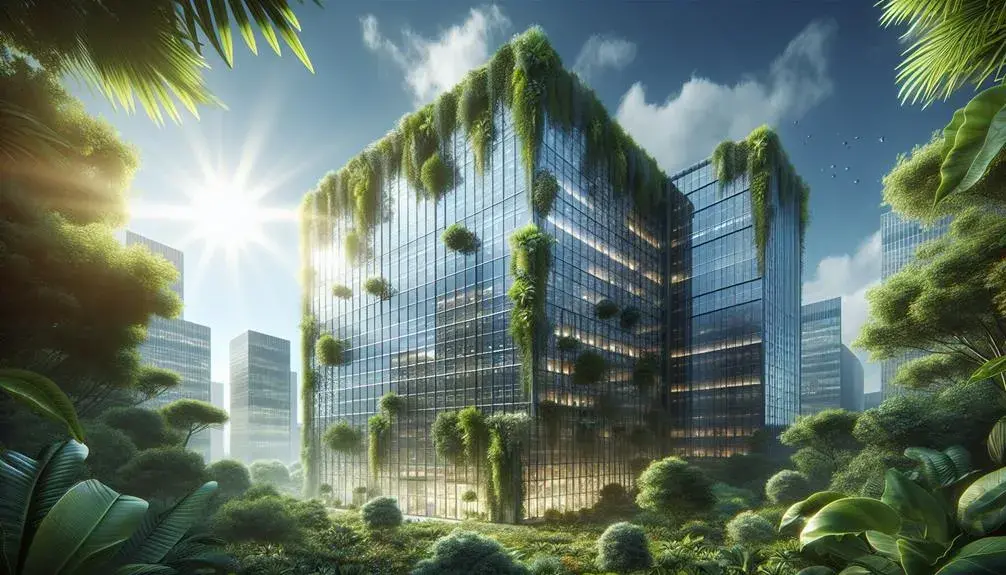
In the expanding world of sustainable architecture and design, the development and implementation of eco-friendly commercial tinting for commercial windows have emerged as a potent solution to a multitude of environmental challenges. This innovative technology, which involves the application of energy-efficient, non-toxic tints to glass surfaces in commercial settings, presents an intriguing intersection of environmental responsibility, cost-efficiency, and aesthetic appeal. As businesses across various sectors increasingly prioritize sustainability, the relevance and potential utility of such commercial window solutions cannot be overstated. However, to fully grasp the implications and possibilities of this innovative technology, it becomes necessary to explore in depth its operational mechanics and contextual significance in the broader scheme of sustainable design and architecture.
Understanding Eco-Friendly Window Tinting in Commercial Settings
Delving into the realm of eco-friendly window tinting, especially in commercial contexts, it is crucial to understand its fundamental principles, environmental benefits, and commercial viability. Essentially, this tinting process involves the application of a thin laminate film to a window’s interior in commercial buildings to reduce heat and ultraviolet (UV) radiation. The environmental benefits are twofold: it minimizes the need for air conditioning, thereby reducing energy consumption, and it shields inhabitants from harmful UV rays. From a commercial standpoint, eco-friendly window tinting is an attractive proposition due to its cost-effectiveness and its alignment with the increasing consumer demand for sustainable products. This positions businesses to not only save on energy costs, but also to leverage their commitment to sustainability as a competitive differentiator.
Benefits of Sustainable Commercial Window Solutions
Transitioning to sustainable commercial window solutions, with a focus on eco-friendly commercial tinting, offers a plethora of benefits. These include significant reductions in energy consumption, lowered maintenance costs, and an enhanced public image through demonstrated commitment to environmental responsibility. The use of eco-friendly tinting materials in commercial settings lowers the need for artificial cooling, thereby reducing a building’s carbon footprint. Maintenance costs are also minimized due to the durable nature of these materials. Moreover, implementing such eco-conscious measures can significantly elevate a company’s reputation as it demonstrates an active role in environmental stewardship. This speaks directly to an increasingly eco-aware consumer base, fostering a sense of belonging and alignment with their values. In essence, sustainable window solutions provide both tangible and intangible benefits that extend beyond mere aesthetics.
In conclusion, adopting eco-friendly commercial tinting in commercial settings presents a plethora of advantages. This sustainable solution not only promotes energy efficiency and lowers operational costs, but also enhances the aesthetic appeal of the premises. Furthermore, it aids in reducing the carbon footprint, contributing to global environmental conservation efforts. Consequently, eco-friendly commercial tinting emerges as a viable, cost-effective, and beneficial alternative for contemporary commercial window solutions.